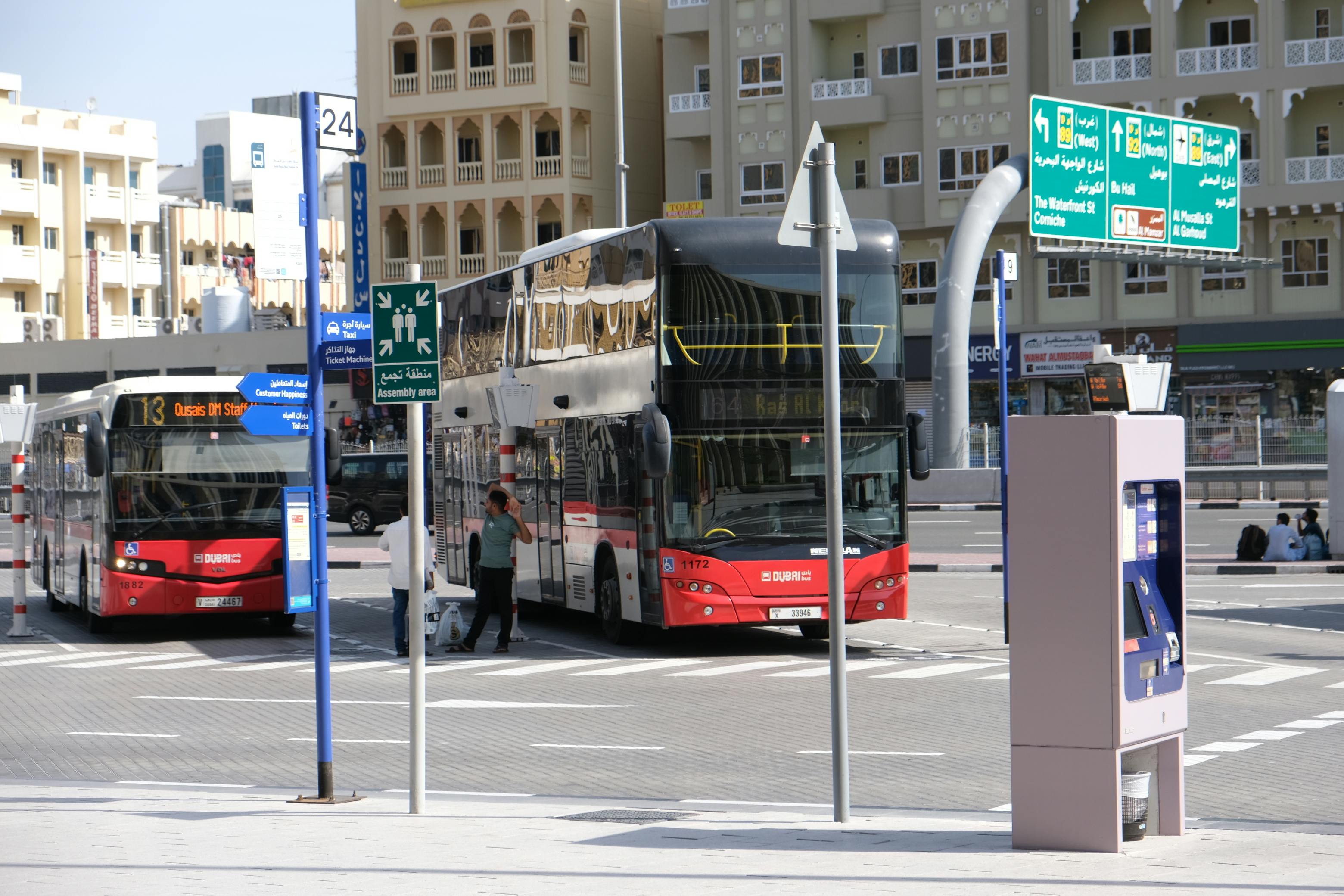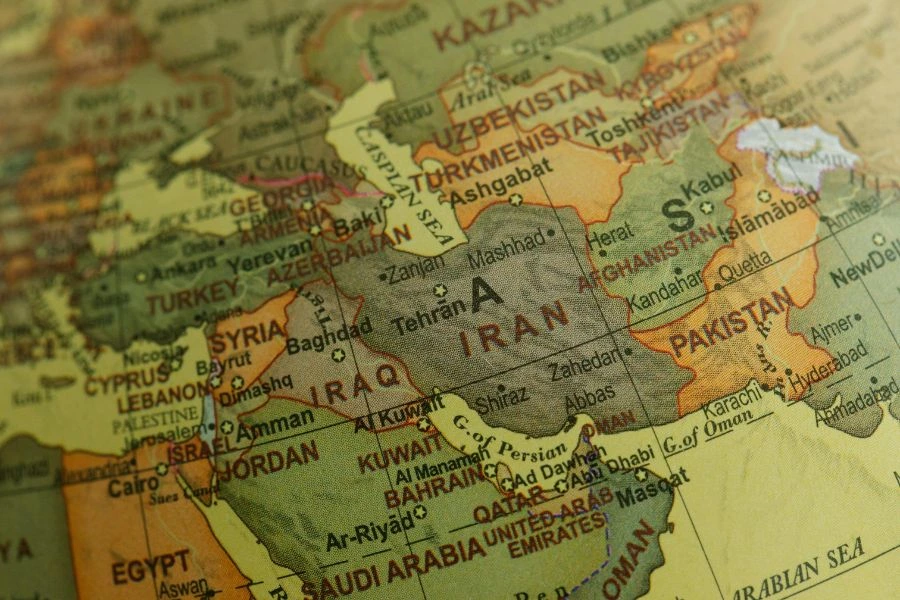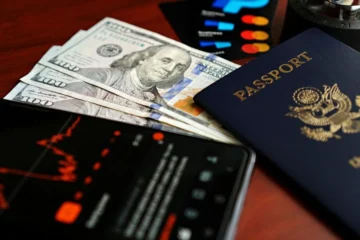A major travel shakeup is coming to the Gulf in late 2025: the six nations of the Gulf Cooperation Council (GCC) are rolling out a unified tourist visa that will let visitors explore the UAE, Saudi Arabia, Qatar, Bahrain, Oman, and Kuwait under a single permit. Modeled on the Schengen system, the move aims to make the Gulf more accessible, attractive, and—most importantly—more interconnected. But how exactly will it work? Who stands to benefit? And what still needs to be ironed out? Let’s unpack everything you need to know.
Key Takeaways
What Is the Unified GCC Visa and Why Does It Matter
Think of it as the Schengen Visa’s cousin—just in a different climate, with a whole lot more desert and dates. The Unified GCC Visa is a joint initiative by the six Gulf countries to simplify travel within the region. Instead of applying for separate visas to enter each country, eligible travelers will be able to use just one visa to move freely between the UAE, Saudi Arabia, Qatar, Bahrain, Kuwait, and Oman.
The idea isn’t just about tourism convenience; it’s a strategic push to boost regional integration, diversify economies beyond oil, and attract long-haul visitors who want to experience more than just one stop in the Gulf. Whether you’re a globetrotter planning a two-week itinerary or a business traveler with meetings across multiple cities, this visa could be a game-changer.
Which Countries Are Participating in the New Visa Scheme?
The full lineup includes all six GCC member states:
- United Arab Emirates (UAE)
- Saudi Arabia
- Qatar
- Bahrain
- Kuwait
- Oman
Each of these countries already issues its tourist visas, but this joint system will consolidate access across borders. In other words, you could land in Dubai, pop over to Doha for a few days, then end your trip in Muscat—all without needing a new visa at each stop. The unified visa effectively transforms the Gulf into a single travel zone, at least for short-term stays.
Also Read: How to Get Permanent Residency in Australia in 2025
When Will the Unified Visa Be Implemented?
The official rollout is expected in late 2025, although early 2026 isn’t off the table if there are technical or bureaucratic delays. The visa itself has already received formal approval back in 2023, and governments have since been working through the finer details, like digital infrastructure, harmonizing visa rules, and aligning security protocols.
We don’t yet have a specific launch date, but sources suggest that a regional digital portal is nearly complete. Once the final administrative steps are settled—such as coordinating immigration systems and testing the centralized platform—the visa system should be ready to go live. Expect a phased rollout and pilot trials before full adoption.
Who Can Apply and What Will the Visa Allow You to Do?
The new visa will be open to citizens of non-GCC countries, meaning anyone who currently needs individual tourist visas for Gulf countries can now apply for one permit covering them all. While full eligibility criteria haven’t been published yet, early indications suggest the visa will be accessible to most nationalities that currently qualify for e-visas or visa-on-arrival options in the region.
Holders will be able to:
- Enter one or multiple GCC countries
- Stay for 30 to 90 days, depending on the visa type selected
- Travel for tourism, leisure, and certain business activities
Applications will be processed through a centralized online system. You’ll need to upload your itinerary, passport info, travel insurance, proof of accommodation, sufficient funds, and onward/return tickets. Once approved, you’ll receive a digital visa, which you can print or store on your phone for travel.
How This Move Could Boost Tourism and Regional Cooperation
This visa isn’t just about smoother border crossings—it’s part of a much larger strategy. The GCC countries are positioning themselves as a cohesive tourism bloc, hoping to double regional tourism by 2030. In 2023, the Gulf hosted about 68 million visitors. With this visa, that number could jump to 128 million within a few years.
What’s driving that optimism? For starters, multi-country itineraries are more appealing to international tourists. The Gulf offers everything from high-tech skylines to ancient forts, desert safaris to coral diving. By bundling these experiences under one visa, the region becomes far more marketable as a unified destination.

There’s also the economic ripple effect. Easier travel means more spending on hotels, restaurants, transport, and cultural attractions. That spells job creation, better infrastructure, and a more robust service sector—all key goals as GCC nations continue diversifying their economies beyond oil.
Are There Any Challenges or Unanswered Questions?
Yes, quite a few. While the concept is clear, several operational questions remain:
- Visa Fees: Will there be a flat rate, or will costs vary based on duration and countries visited?
- Application Timelines: How quickly will visas be processed? Will there be expedited options?
- Overstay Penalties: What happens if someone stays beyond their allowed days in one country—does it affect their access to others?
- Border Control Practices: Will entry be seamless, or will travelers need to undergo checks between countries?
Another question is whether business travelers will be allowed to use this visa for meetings, conferences, or short-term projects. The current assumption is yes, but clear guidance is still needed.
And finally, what about enforcement consistency? GCC countries will need to stay tightly coordinated on entry policies, data-sharing, and security to ensure the system works smoothly across all borders. That kind of cooperation can take time—and a lot of behind-the-scenes diplomacy.
Is This a Good Time to Start Planning a Multi-Country Gulf Trip?
If you’ve ever dreamed of sipping Arabic coffee in Riyadh one day and lounging at a beach resort in Muscat the next, yes—this is your moment. The unified visa represents a meaningful shift toward accessibility, coordination, and traveler-first thinking in a region that has historically been quite segmented in its visa policies.
Also Read: UK Skilled Worker Visa Update: 70+ New Roles Added in 2025
Of course, we’re still in the pre-launch phase, so don’t go booking a six-city Gulf tour just yet. But if you’re planning a trip for late 2025 or beyond, it’s worth keeping this development on your radar. Travel agencies, tour operators, and regional airlines are already preparing to capitalize on this visa, so we can expect more integrated packages and itineraries to hit the market soon.





